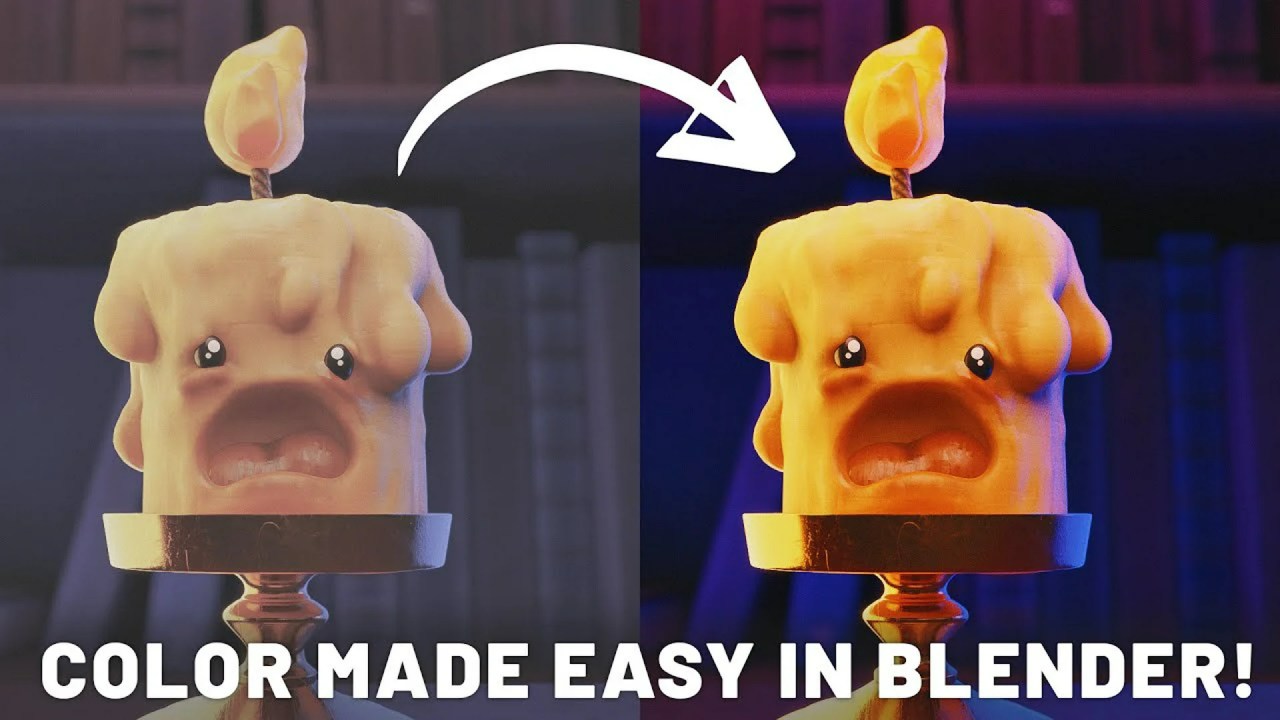Mastering realistic architectural interiors goes beyond software; it’s about core imaging principles. This guide unveils five essential steps — from detailed 3D models and strategic lighting to realistic materials, storytelling assets, and refined post-production—to elevate your ArchViz renders.
Creating truly realistic interior renders in architecture can often feel like a daunting challenge. Many artists find themselves stuck, focusing on software intricacies rather than the fundamental principles that bring an image to life. But what if there was a clear path to transforming your renders into stunning, photorealistic visualizations? Expert creator Upstairs offers invaluable insights in his latest tutorial, demonstrating how understanding core imaging concepts can elevate your work, regardless of your preferred render engine.
The pursuit of photorealism in architectural visualization has long been a benchmark for excellence. Achieving this often hinges on meticulous attention to detail, a concept Upstairs expertly champions. It’s a testament to how the subtlest elements—like the way light interacts with a surface or the slight imperfection in an asset’s placement—can profoundly impact a viewer’s perception of reality. He guides viewers through a comprehensive workflow, highlighting five critical pillars that underpin every high-quality interior render.
1. The Foundation: A Detailed 3D Model
A strong render begins with a strong foundation. Upstairs emphasizes that your base 3D model must be intricate and thoughtful. Realism blossoms from modeling small gaps where different materials meet, ensuring believable shadows. He advises properly modeling curved or rounded edges—either with geometry or a render engine setting—to avoid the jarring effect of perfectly sharp lines. Consistency in the level of detail across your model is crucial. For renovation projects, don’t shy away from incorporating existing elements. To streamline your workflow, consider organizing surfaces with color-coding instead of immediately applying textures; this approach allows for greater flexibility later on.
2. Mastering the Mood: Strategic Lighting
Lighting is the soul of an interior render, setting its entire mood. The creator suggests establishing a base lighting setup early in the process. Windows are typically your primary light source, and a clever trick involves adding subtle rectangular lights, roughly the size of your window openings, to gently boost interior exposure. These lights should be low in value (1-5) and a neutral color temperature (around 5600 Kelvin for natural daylight) to remain almost imperceptible, preventing overly dark areas. If your scene still appears too dim, additional rectangular lights can be placed discreetly behind the camera. Artificial lights are equally vital, especially in spaces without large windows. Experiment with moody setups, perhaps a dawn scene with cool exterior light contrasting with warm interior lights, or night scenes using bluish HDRIs and soft rectangular lights. Finally, combine emissive materials with actual light sources for enhanced glow and bloom effects.
3. The Fabric of Reality: Authentic Materials
Beyond a simple base color, materials are fundamental to realism. Upstairs explains that realistic materials demand multiple maps: normals for surface relief and accurate shadow calculation, specular/reflection for reflectivity, and roughness (or glossiness) for controlling shininess. Quality material libraries simplify this process significantly. A key sponsor, Real World Textures, offers an extensive library of materials scanned from actual products, ensuring that what you see in your render can be purchased in real life. These PBR (Physically Based Rendering) materials integrate seamlessly with various engines, from advanced options like Corona to user-friendly ones like Lumion, Twin Motion, Enscape, and D5 Render, providing accurate color and surface structure. Best of all, they offer free materials and 3D models, and you can use code LEARNUPSTAIRS10 for 10% off any subscription (for the first 300 people).
4. Telling a Story: Thoughtful Assets
Assets—furniture and decoration—are what truly bring a space to life. The goal is to emulate real-world behavior and tell a story through subtle details. This means avoiding perfect alignment for chairs, thoughtfully populating shelves, and including small, imperfect elements like an off-center electrical cord or casually placed objects on a coffee table. Rather than modeling everything from scratch, leverage asset libraries such as SketchUp’s 3D Warehouse or curated premium collections. Real World also provides 3D models of actual products, available in multiple formats like FBX with texture maps, compatible with diverse workflows.
5. The Viewer’s Eye: Intentional Scenes and Post-Production
Your camera’s position, or scenes, profoundly impacts the final image. For interiors, a one-vanishing-point perspective often proves effective, allowing the space itself to be the focal point. A slightly lower camera angle (around 1.2m) can make viewers feel more connected. Adjusting focal length is also critical; while 50mm mimics human vision, 35mm is a common choice, with wider lenses (20-24mm) for tight spaces and longer ones (40-50mm) for corridors. For extremely confined areas like bathrooms, an “unrealistic” clipping camera might be necessary to ensure clarity. Always use a two-point perspective option for straight verticals. Finally, consider your display medium and explore different aspect ratios like square (1:1), 4:5, 9:16 (vertical), or 2:1 (wide) to suit platforms like Instagram or mobile viewing.
Lastly, post-production is a non-negotiable step. Tools like Photoshop allow for further refinement. The expert advises combining AI enhancers with your base render using masks for precise control, preventing the loss of material details or ruining your composition. This stage is also ideal for properly placing human scales, adding motion blur for realism, and using a camera raw filter for meticulous pixel-level adjustments.
Conclusion: Elevate Your Architectural Renders
Achieving high-quality interior renders is an art form that blends technical skill with an understanding of visual principles. By mastering Upstairs’s five pillars—a detailed 3D model, strategic lighting, realistic materials, storytelling assets, and thoughtful camera work refined through post-production—you can transform your architectural visualizations from good to truly exceptional. These techniques are adaptable across various render engines, including D5 Render with Photoshop, which the creator demonstrates as a fast, simple, and powerful setup.
Upstairs offers a full course to teach you how to render and post-produce step-by-step, helping you achieve these results yourself. You can check it out at learnupstairs.com. For those eager to dive deeper into specific tools and techniques, explore our dedicated D5 Render section. Don’t forget to also check out our Free Assets section for more resources to boost your projects!



